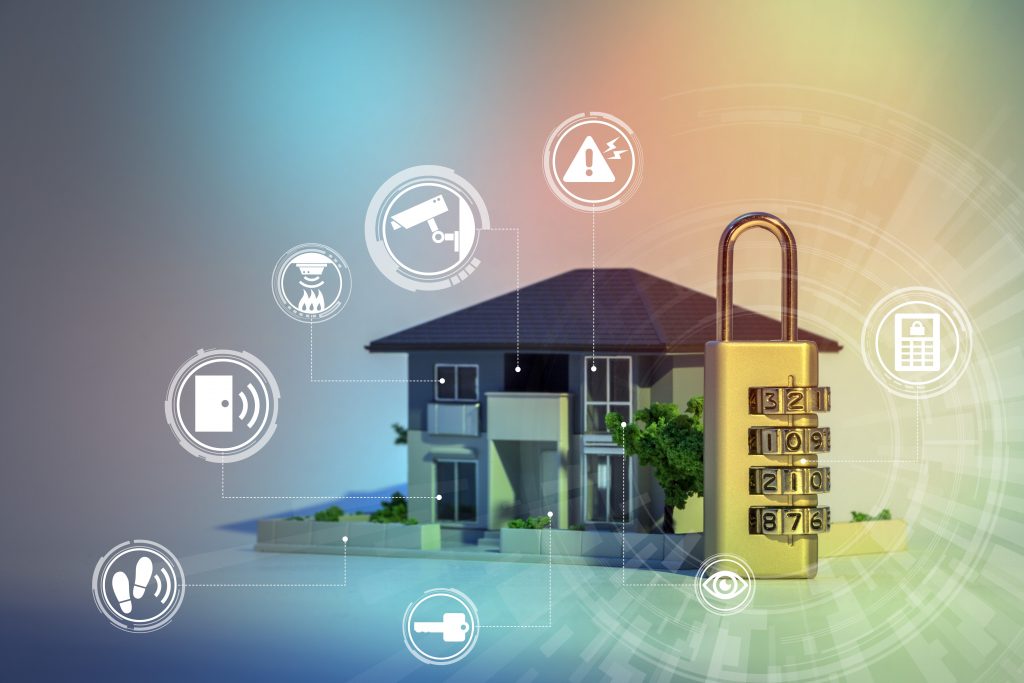Modern technology is transforming home monitoring capabilities in so many ways. Residential security systems make it possible to stay informed about both expected and unexpected activity at your house. Here are several things you should keep in mind as you prepare to select your video surveillance systems.

Security Needs
The first thing you should pinpoint about your new system is the biggest concern you’re trying to alleviate. There are a few different reasons you may be looking into installing cameras, to begin with:
● Provide a deterrent for break-ins
● Identify package thieves
● Look in on pets or children
● Control house functions remotely
Your needs may include all of the above, but it’s important to decide where your priorities lie as you set out to design the system. This will impact the type of video surveillance systems you purchase, as well as the capabilities each one will have.
Alert System
You have to consider the method that you’ll learn about unusual activity on your property. While some systems simply record data for you to review, either live or at a later time, some cameras are equipped with motion sensors that will immediately alert you that someone or something is moving within the camera’s field.
Look for video surveillance systems that include mobile app communication. This allows you to get the alert straight from your cell phone, so you can stay up-to-date on your home’s activity wherever you are.
Visibility
Visibility is an extremely important feature to consider. When choosing the number of cameras for your property, make sure you’re taking device movement and field of view into account. If the cameras are stationary, you’ll need more of them to cover a greater viewing area. Likewise, a lens that is only able to capture a narrow field is more limited.
Other visibility concerns include screen resolution and night vision enhancements. Grainy footage is common in residential security systems, but a higher resolution can help improve this problem. Night vision is especially important if you’re trying to catch prowlers.
Audio Capabilities
Not all home security systems include audio, but if it’s something you’re interested in, there are a few different factors to keep in mind. Sound detection works a lot like motion detection, in that it senses unusual audio and alerts you that something may be happening at your home. This is often a one-way feature, meaning it can pick up the sound, but it’s unable to produce an output.
Two-way talk is beneficial when you’re trying to communicate with individuals on your property. This could be your children or even a neighbor that you’ve sent to pick up your mail. It’s also useful when you detect a person lurking around your home that shouldn’t be. Being able to talk to them is effective in scaring them away.
Durability
Video surveillance systems positioned outdoors will need to be more durable than those installed inside. The system you choose should include devices that are resistant to weather risks, such as high winds or rain. Using both sound and motion detectors, many cameras can also sense when your home itself is at risk, due to natural disasters or accidental fires.
Remote Functions
If you’re using an app to monitor your alerts, you may also have the ability to access remote functions to make adjustments when you’re away. This offers some amazing benefits:
● Turn on or turn off lights
● Lock or unlock doors
● Adjust home’s thermostat
This may seem small, but when you’re on vacation, it can be extremely helpful to have this functionality from a distance. It’s also convenient when someone needs to get into your home, and they don’t have a key.
Now that you know how to choose video surveillance systems for your home, let Per Mar Security Services implement the monitoring capabilities you need. Contact us to learn how we can help you alleviate your top concerns in home security.


